Drybase ECS CR Epoxy Coating: Reliable and Resilient Protective Coating
Drybase ECS CR Epoxy Coating is a powerful, two-part, water-dispersed epoxy resin designed to provide superior chemical resistance and durability. Applied in two coats using a brush or roller, this hardy coating is damp-proof and resistant to a wide range of chemicals once cured. It’s an excellent choice for floors and walls that will come into contact with harsh chemicals.
Key Features
- No Primer Required: Drybase ECS CR Epoxy Coating can be applied directly to the surface without the need for a primer, saving you time and resources.
- Excellent Bond Strength: It forms a strong bond with the substrate, ensuring long-lasting performance.
- Good Chemical and Abrasion Resistance: This coating stands up to a variety of chemicals and resists wear and tear, making it an ideal choice for heavy-use areas.
- Built-in Flexibility: Despite its strength and resilience, this epoxy coating maintains a degree of flexibility, allowing it to withstand slight movements in the substrate without cracking or peeling.
- Waterproof and Weather-resistant: This epoxy coating offers superior protection against water damage and stands up to all types of weather conditions, ensuring the longevity of the structure.
Applications
Drybase ECS CR Epoxy Coating is perfect for a variety of applications, including damp-proofing floors in kitchens and food processing areas, waterproofing concrete floors in warehouses, and providing resistance to foot traffic and light vehicular traffic in light industrial factory areas. It can also be used as a liquid DPM for concrete floors as a rising damp treatment and as a damp proof membrane for walls.
Coverage: Typically 10-20 m2 per 5 kg pack (based on two coats).
Application
Application for Drybase ECS CR Epoxy Coating
Preparation
All surfaces should be clean, dry, and free from oil, grease and chemical contamination. Concrete surfaces should be free from laitance; this should be removed by either scarifying, wire brushing or preferably by high pressure water or sand blasting. Blow holes or other surface irregularities should be repaired. Concrete surfaces should be at least 21 days old.
Application
Use only full packs. To ensure successful application, the entire contents of the (Part B) hardener tin should be added to the (Part A) base tin and slowly stirred for at least four minutes until thoroughly mixed, taking care not to entrain air into the mix. It is recommended that a variable speed high torque drill with a grout stirrer is used. Care should be taken to prevent unmixed material remaining on the side of the tin by scraping down the sides occasionally.
The product may be applied by brush or short pile simulated lambswool roller. Application of two coats (the second coat being applied at right angles to the first) is recommended.
The first coat should be applied to the prepared surface and allowed to dry overnight, typically 18 – 24 hours. As soon as the first coat has completely dried, the second coat should be applied. Each coat should be applied as a continuous film. The second and final coat should be allowed to dry for a minimum of 24 hours prior to exposure to chemicals. All equipment should be cleaned with solvent immediately after use. Note that all mixed material must be used immediately and cannot be stored, as it will cure into a resin.
Ambient and surfaces temperatures should be between 10 °C and 35 °C at the time of application. When working in enclosed areas it is important to create sufficient air flow in order to maintain an ambient relative humidity value of below 85 % at all times during the curing period. It is recommended that the substrate to receive the coating should not have a moisture content of more than 75 % RH. This can be assessed using
a hair hygrometer covered with polythene for 24 hours as recommended by BS 8203.
Datasheet & Downloads
[elfsight_pdf_embed id=”29″]
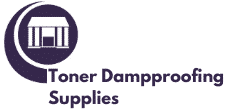
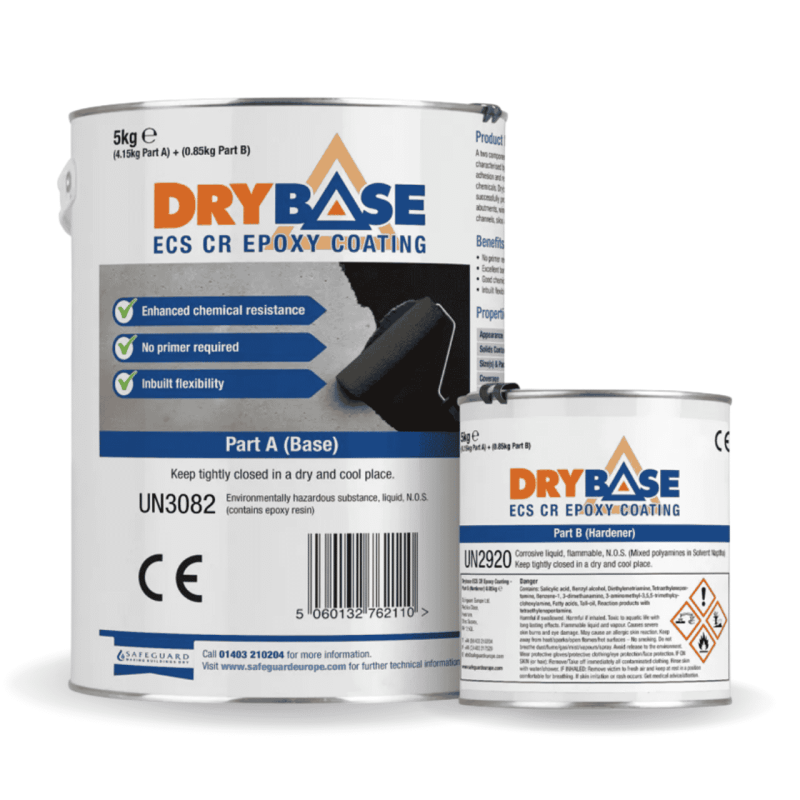
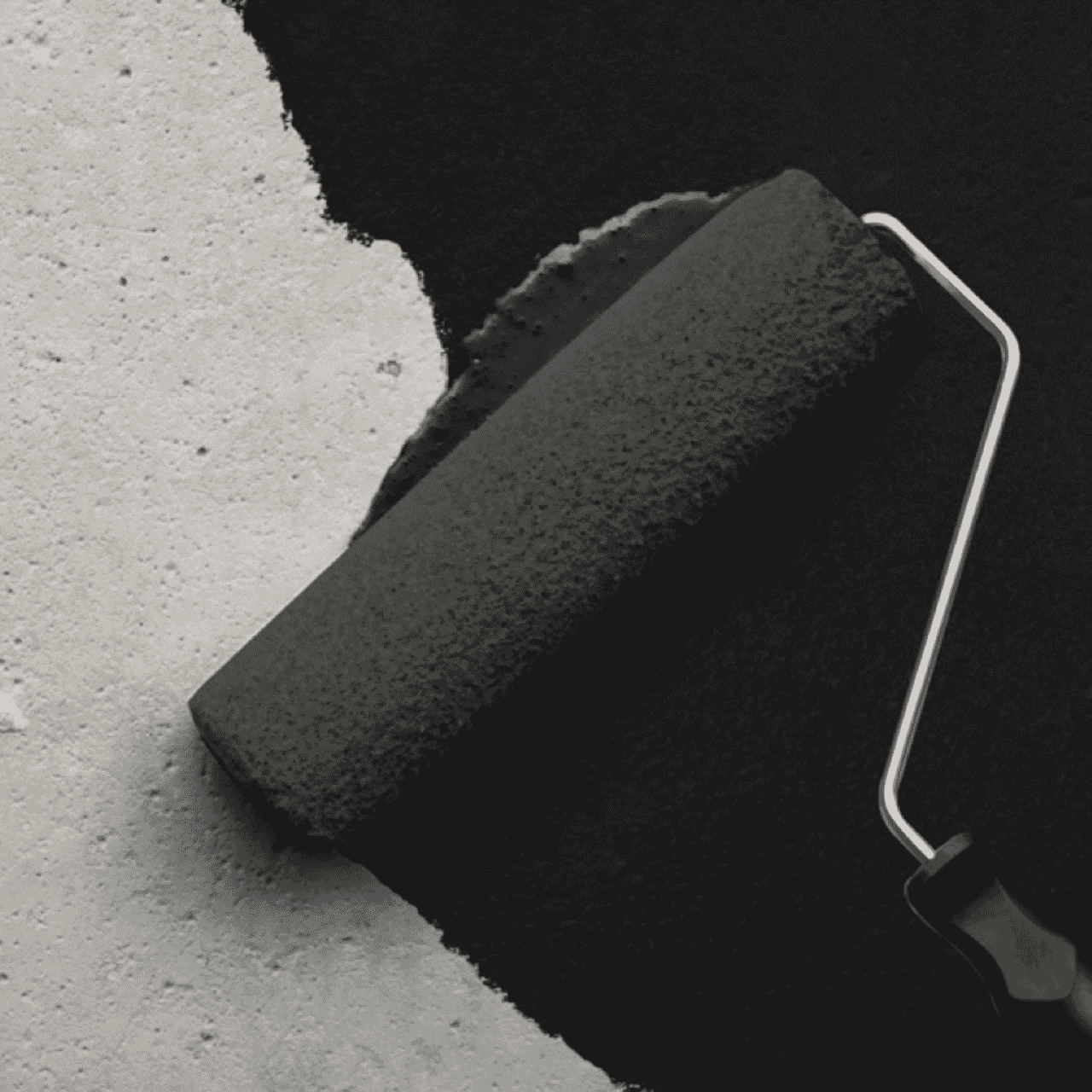
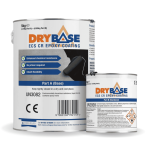
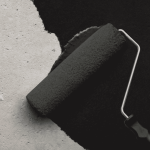

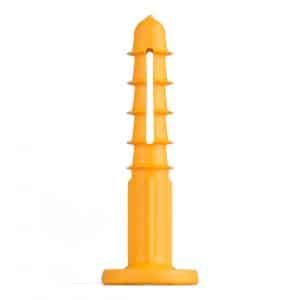
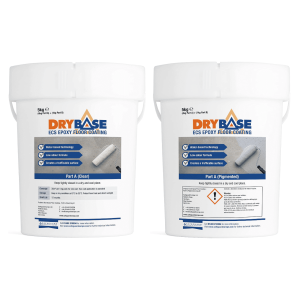
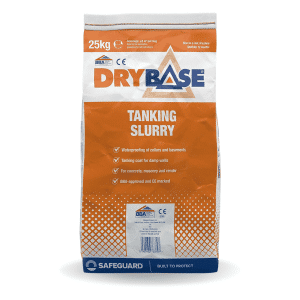
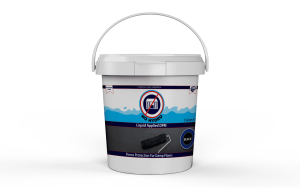
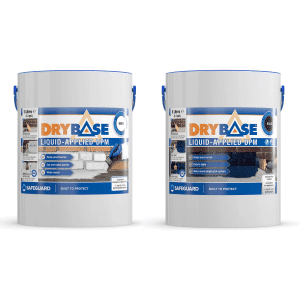
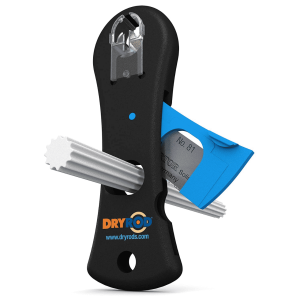
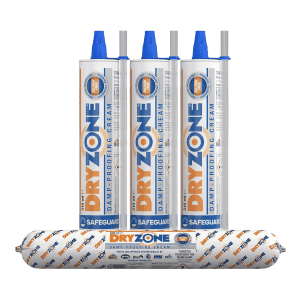
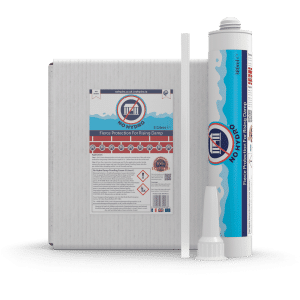
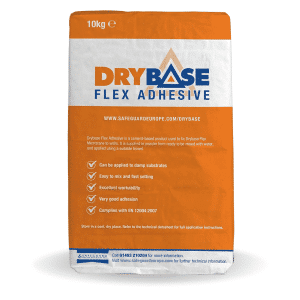
Reviews
There are no reviews yet